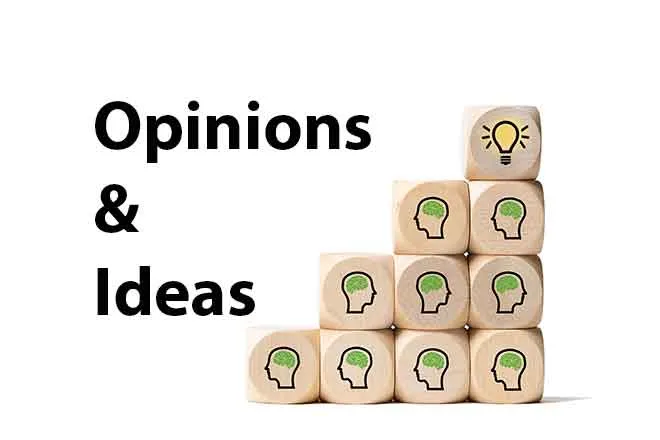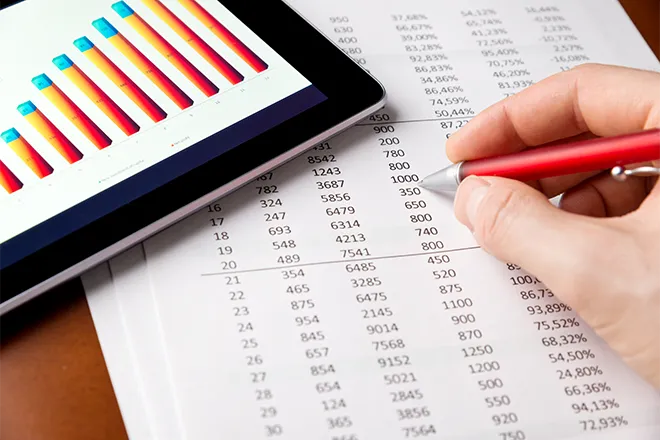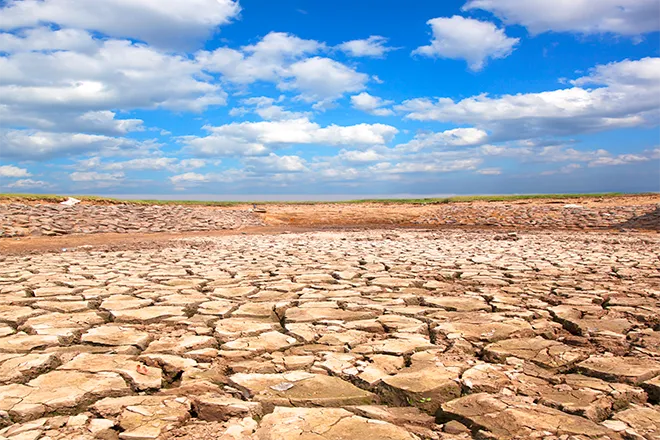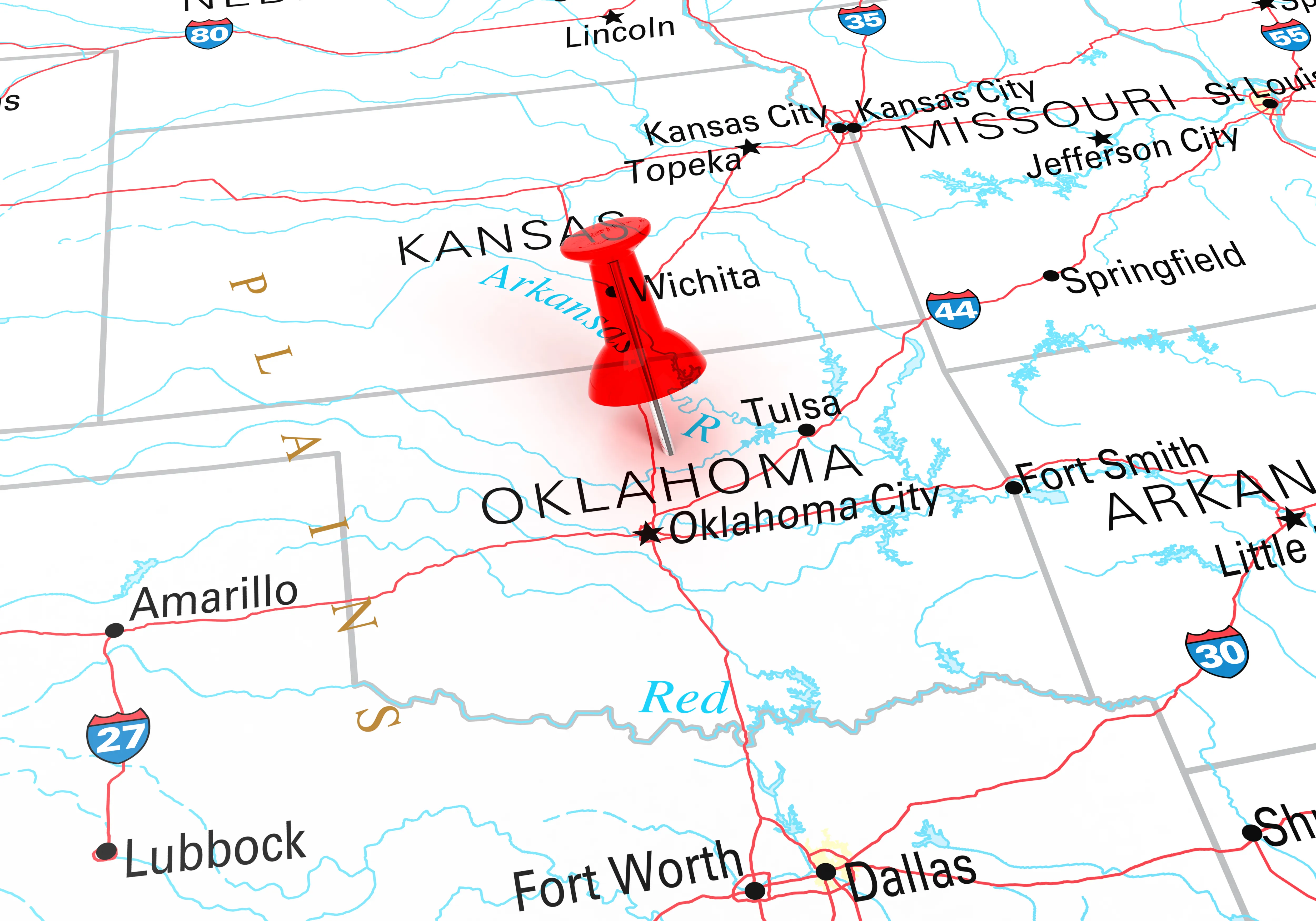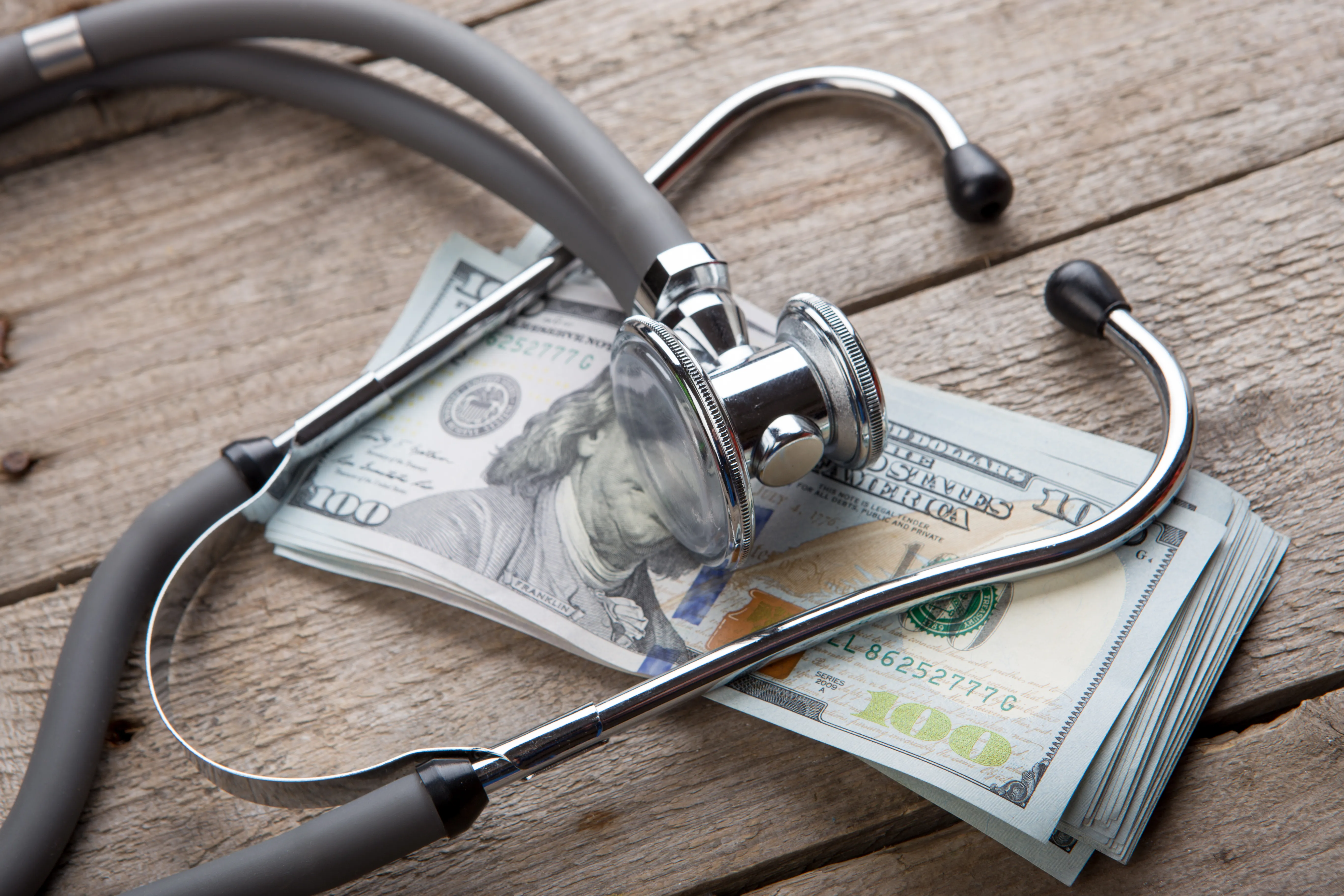
Kansas February tax collections vastly exceeded state projections
(The Center Square) - Kansas collected more tax revenue than it expected in February.
The state had $549.8 million in tax-only collections. It was $36.8 million (7.2 percent) more than the monthly estimate. This also marked a $47.3 million (9.4 percent) increase from February 2022.
“Revenues have exceeded estimates for 30 out of the last 31 months – a clear sign that our efforts to make Kansas a place where businesses and families want to call home is paying off,” Governor Laura Kelly said in a press release from her office. “These revenues will continue to grow our historic budget surplus, making it possible for our legislature to pass responsible tax cuts that help every Kansan, like my ‘Axing Your Taxes’ plan.”
Also, individual income tax collections were $211.3 million in February. That figure was $6.3 million (3.1 percent) more than the state’s estimate and marked a 15.2 percent increase compared to February 2022.
“The positive trend in tax receipts continues with all of the major tax types, individual income tax, corporate income tax, retailer’s sales tax, and compensating use tax, performing well,” Kansas Secretary of Revenue Mark Burghart said in the release.
Additionally, corporate income tax collections were $15.3 million; this was $324,000 (2.2 percent) more than the state expected. However, that figure was $8.1 million (34.5 percent) less than the state collected in February 2022.
“It should be noted that February 2022 corporate income tax receipts were greater than February 2023 because of the higher-than-expected collection of nonrecurring corporate audit assessments that occurred that month,” the release from the governor’s office said.
Plus, the state collected $203.8 million in retail sales tax revenue last month. It was $13.8 (7.3 percent) more than the state expected. It also marked an $8.5 million (4.4 percent) increase from February 2022.
And compensating use tax collections for last month was $64.2 million. It was $849,000 (1.3 percent) less than the state expected, but it was a $4.7 million (8.0 percent) increase compared to February 2022.

